Europe’s first R&D center for transparent ceramics
Fraunhofer IKTS opens unique facility at its Hermsdorf site – new equipment covers the entire process chain
See-through like glass, but heat-resistant and scratch-proof like ceramics – transparent ceramics are unique materials and their manufacturing requires not only special know-how, but also specialized equipment and systems. In future, transparent ceramics will be able to make even greater use of their advantages over glass and sapphire in terms of robustness, hardness, transmission and cost effectiveness. The reason: The Fraunhofer Institute for Ceramic Technologies and Systems IKTS has opened a new research and development center, aiming to develop a variety of innovative, economical applications with interested industrial partners.
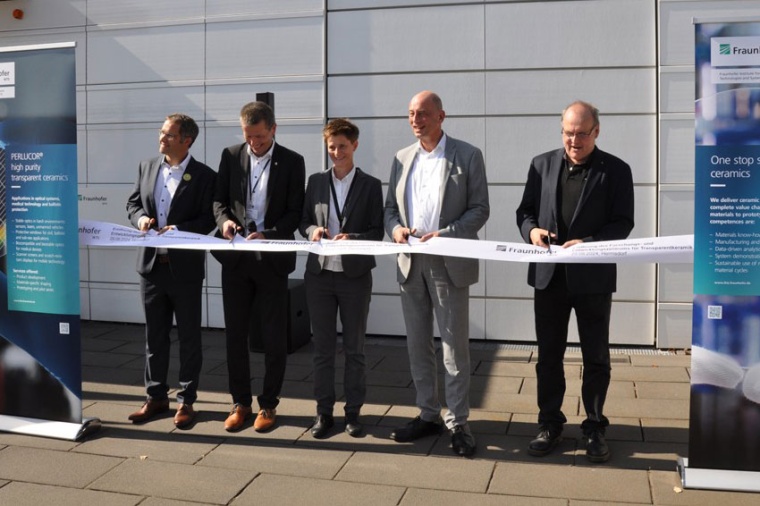
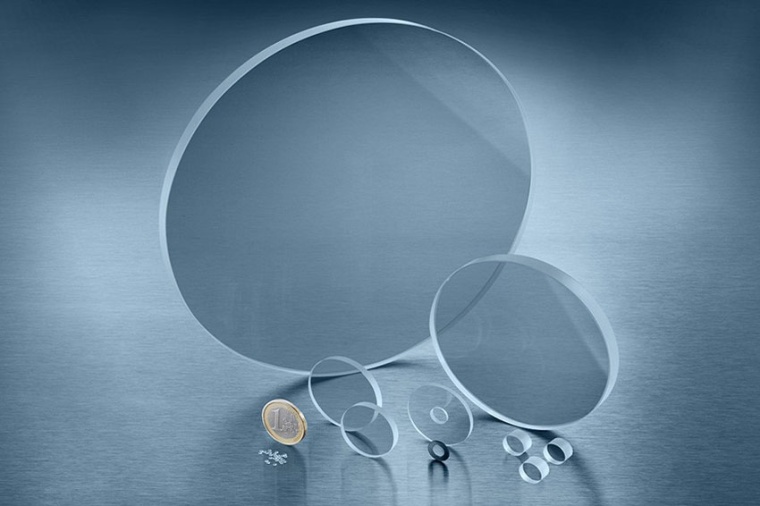
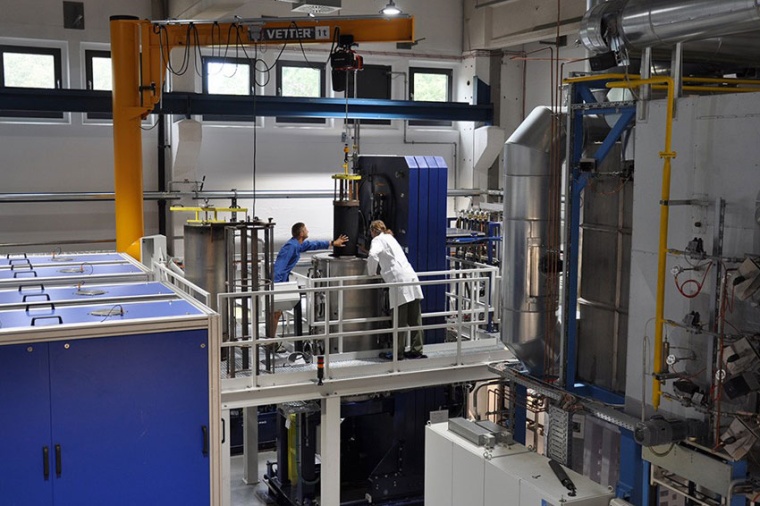
“We now have an infrastructure of the entire process chain for the production of transparent ceramic components, not only in the laboratory, but also on a pilot and series scale. This allows us to greatly expand our expertise and the range of applications for transparent ceramics,” says Dr. Sabine Begand, Head of the Oxide Ceramics department. This leap in expertise is now possible because IKTS has taken over the transparent ceramics division and the Perlucor brand from CeramTec-ETEC. Around twenty manufacturing systems and a hundred small devices with a production area of 700 m² have since been integrated into the institute's infrastructure at the Hermsdorf site. The Free State of Thuringia funded this initiative with 2.5 million euros. Industries that can benefit greatly from transparent ceramics include optics, opto-electronics, civil defense, security technology, medical technology, laser and sensor technology, scanner and display technology, the automotive and aerospace industries and mechanical engineering.
The new infrastructure includes equipment and systems for conditioning high-purity powders, shaping, heat treatment, laser and ultra-precision processing. “The most important tasks we have set ourselves,” emphasizes Dr. Martin Drüe, Group Head of Transparent Ceramics at Fraunhofer IKTS, ”are, on the one hand, to produce transparent ceramics in excellent quality on a pilot and series scale. Purity and high transparency play a decisive role here. On the other hand, we are looking forward to exciting, cutting-edge development work together with industrial partners. This will not only involve material analysis and development, design or shaping of the ceramics, but also application-specific issues relating to system integration. This is because it often concerns applications that require transparent ceramics in combination with other materials such as glass, titanium or precious metals.”
Industrial partners can use the technical infrastructure of the R&D center as a service, conduct trials and benefit from the results of mechanical tests, laminating and printing tests, for example. Prototypes and pilot series with quantities of approximately 10,000 units as well as an almost fourfold increase in component size will now be possible. The joining of transparent ceramics is also a focus of development in order to further increase the variety of geometries. The IKTS researchers have also set themselves the goal of steadily increasing the reproducibility of component production.
Company
IKTS Fraunhofer Institut für Keramische Technologien und SystemeWinterbergstr. 28
01277 Dresden
Germany
most read
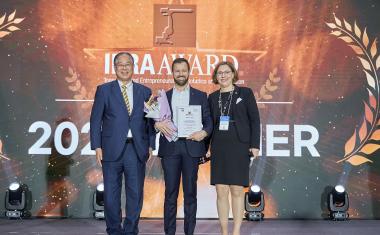
Otto wins IERA Award 2025
Rockwell's robot is an AMR solution that can transport heavy loads in factories and operate in robot fleets of over 100 units.

Softbank acquires ABB's robotics business
The Softbank Group has reached a definitive agreement to acquire ABB's robotics business.
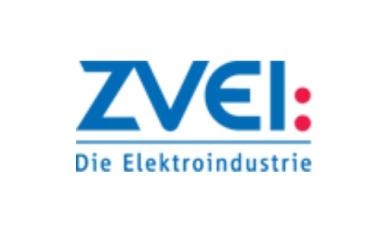
Electrical and digital industry calls for strategy for Europe's digital sovereignty
The French and German electrical and digital industry associations, FIEEC and ZVEI, are calling for a proactive strategy for Europe's digital sovereignty.
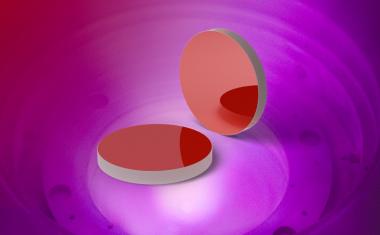
Laser Components: customized laser optics since 1986
Laser Components began coating individual laser optics almost 40 years ago. These are used in laser processes in numerous industries, including medicine, defense and aerospace.

HMS Networks takes over Industrial Communications division from Molex
This strategic acquisition includes intellectual property in hardware and software, a product portfolio with network cards and software stacks, as well as customer relationships in the USA and Japan.






